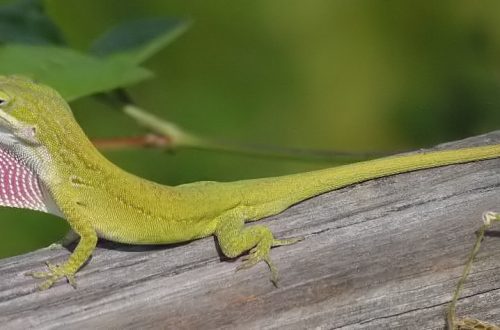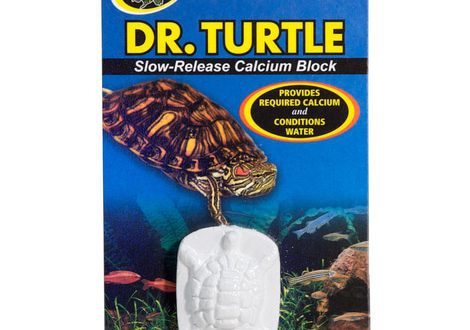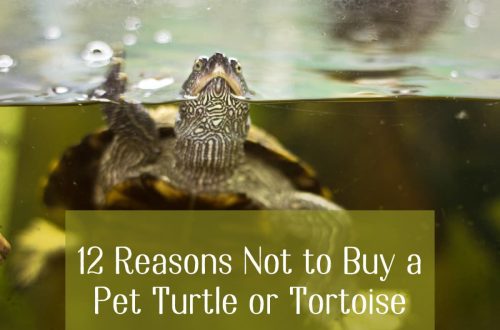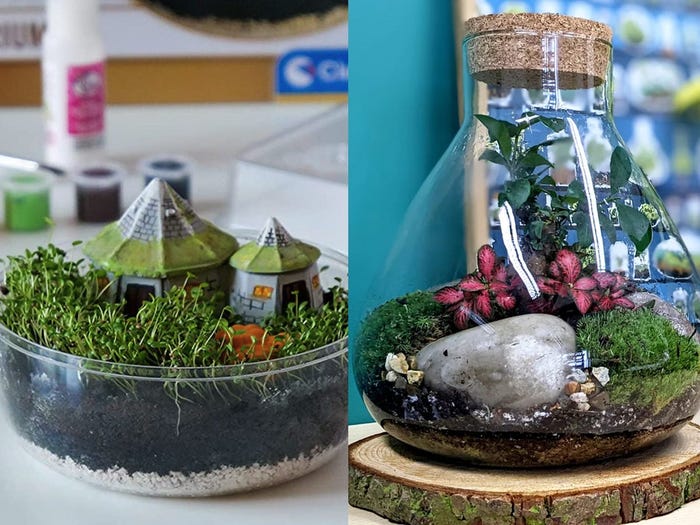
Other terrarium equipment

Contents
House (shelter)
A turtle in a terrarium needs shelter, as many turtle species naturally burrow into the ground or hide under branches or bushes. Shelter should be placed in a cold corner of the terrarium, opposite from the incandescent lamp. The shelter can be a pile of hay (no hard sticks), a wooden rodent house with an extended turtle entrance, or a dedicated terrarium shelter for turtles.
You can make your own shelter from wood, from half a ceramic flower pot, half a coconut. The house should not be much larger than the turtle and heavy so that the turtle cannot turn it over or drag it around the terrarium. Often turtles will ignore the house and burrow into the ground, which is quite normal for burrowing turtle species.

Time relay or timer
The timer is used to automatically turn on and off lights and other electrical appliances. This device is optional, but desirable if you want to accustom turtles to a certain routine. Daylight hours should be 10-12 hours. Time relays are electromechanical and electronic (more complex and expensive). There are also relays for seconds, minutes, 15 and 30 minutes. Time relays can be bought at terrarium stores and electrical goods stores (household relays), for example, in Leroy Merlin or Auchan.
Voltage stabilizer or UPS needed in the event that the voltage in your home fluctuates, problems at the substation, or for a number of other reasons that affect electricity, which can lead to the burning of ultraviolet lamps and aquarium filters. Such a device stabilizes the voltage, smooths out sudden jumps and brings its performance to acceptable values. More details in a separate article on turtles.info.
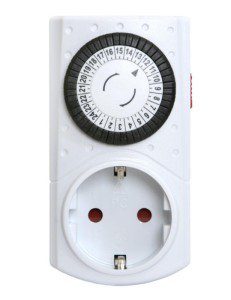
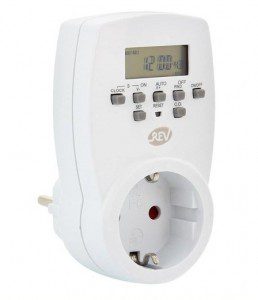
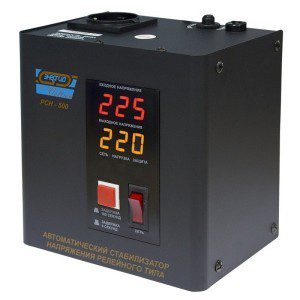
Thermal cords, thermal mats, thermal stones
It is not recommended to use the bottom heater, because the lower body of the turtle does not feel the temperature well and can burn itself. Also, overheating of the lower part of the shell has a negative effect on the kidneys of turtles – they dry out the turtle. As an exception, you can turn on the lower heating in the coldest season, after which, with warming outside, and turn it off in the room, but it is better to replace it with an infrared or ceramic lamp that you do not turn off at night. The main thing is to isolate the rug or cord from the turtles, who are very fond of digging the ground and can get burned, it is even better to attach the rug or cord to the bottom of the terrarium from the outside. Thermal stones should not be used at all.
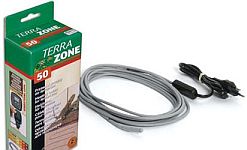
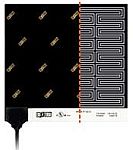
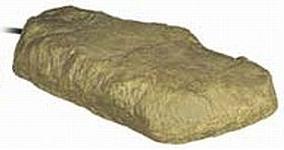
humidification
For tropical tortoises (e.g. red-footed, stellate, forest) in a terrarium, it may be useful sprayer. The sprayer is sold in hardware stores, or in flower shops, where it is used to spray plants with water. In the same way, 1 or 2 times a day, you can spray the terrarium to maintain the required humidity.
However, turtles in terrariums and aquariums do not need such devices as: rain installation, fog generator, fountain. Excessive humidity can sometimes harm many terrestrial species. Usually a container of water is enough for the turtle to climb into.
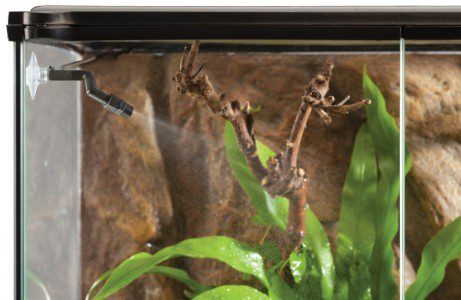
Combing brush
For aquatic and terrestrial turtles, brushes are sometimes installed in the terrarium so that the turtle itself can scratch the shell (some people love this very much).
“To make a comb, I took a bathroom brush and a metal mounting bracket. I chose a brush with medium pile and medium hardness. There are four turtles in my terrarium, of different sizes, so a short, hard pile would not give everyone the opportunity to try this procedure. I made two holes in the brush with the thinnest drill. This is necessary so as not to split the plastic with self-tapping screws. Then I attached the corner to the brush with self-tapping screws and then the whole structure to the wall of the terrarium, also on self-tapping screws. The plastic top of the brush is not flat, but slightly curved, and this made it possible to fix it so that the pile turned out not to be parallel to the floor, but a little obliquely. This position gives the turtles the opportunity to regulate the degree of pressure of the pile on the carapace. Where the pile is lower, the impact on the shell is more severe. I found the height of the “combed” by experience: I had to slip the pets in turn, looking for the optimal height for them. I have two floors in the terrarium, and I placed the “comb” not far from the transition point from floor to floor. All turtles, one way or another, will periodically fall into the area of effect. If desired, the brush can be bypassed, but my pets love challenges. After installation, two have already tried the “comb”. I hope they appreciate my work.” (author – Lada Solntseva)
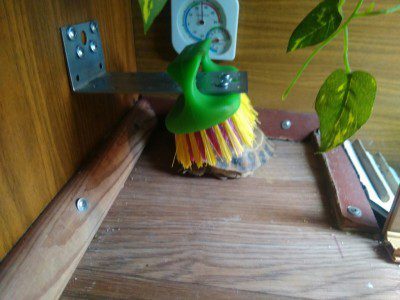
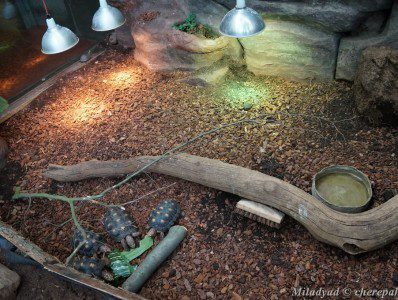
© 2005 — 2022 Turtles.ru



